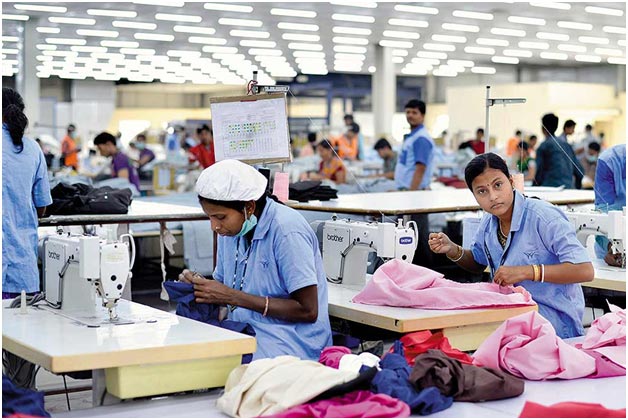Women's underrepresentation in workforce likely to worsen
Even before the onset of the pandemic, gender equality in the workplace remained elusive. Now women are on the front lines of the COVID-19 crisis, as they make up the bulk of essential workers, including 70% of health-care workers. Yet, worldwide and across all regions and income groups, the pandemic has hit women’s labour market opportunities hardest. This is likely to reverse some of the progress made under Goal 8, which aims to “promote sustained, inclusive and sustainable economic growth, full and productive employment and decent work for all”. Although we do not have enough global data available yet to understand the pandemic’s full impact on labour markets, here is a glimpse of what we do know.
The labour market disruption in 2020 far exceeded the impact of the global financial crisis of 2009. Employment losses were not only unprecedented but also steeper for women (5.0 per cent) than for men (3.9 per cent). Moreover, as school closures due to lockdowns required more at-home supervision of children, women were much more likely to drop out of the labour force than men in order to provide such care. This is further increasing the longstanding gender gaps in labour force participation rates. In 2019, before the pandemic even began, labour force participation of prime-age men was 93.5 per cent, compared to only 62.1 per cent for prime-age women. The rate was even lower for partnered women with young children.
Meanwhile, the pandemic’s disproportional impact on women threatens to roll back the little progress made these last decades. The share of women in managerial positions decreased, sometimes significantly, from the fourth quarter of 2019 to the third quarter of 2020 in more than half of the 47 countries with available data. Quarterly figures were available mostly for high-income countries. Nonetheless, this pattern is likely to hold true in lower income countries, where often more than half of female managers are self-employed. Social distancing measures, lock-downs and distorted supply chains and markets have exacerbated structural inequities and challenges that typically impede the performance and growth of women-owned businesses, and resulted in many closing down operations.



